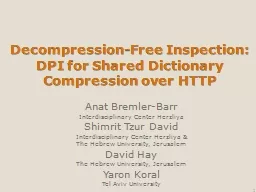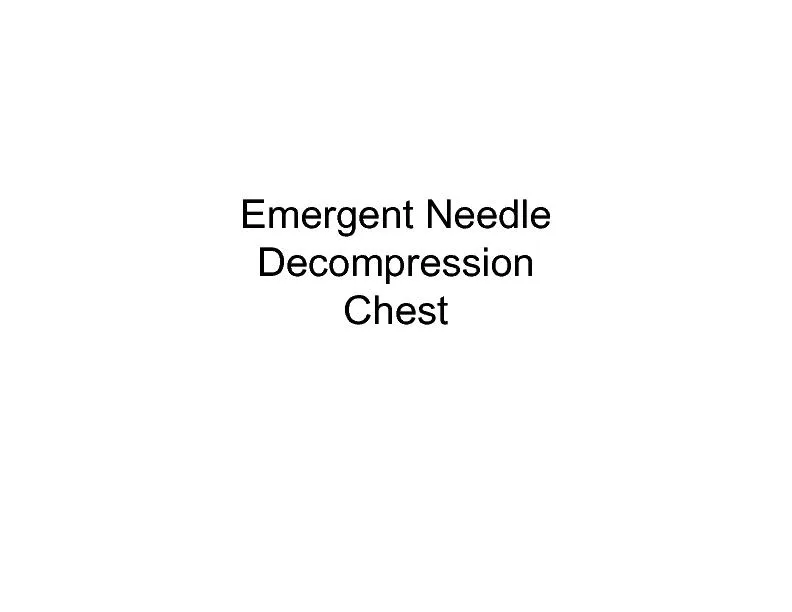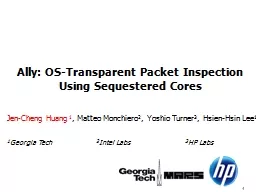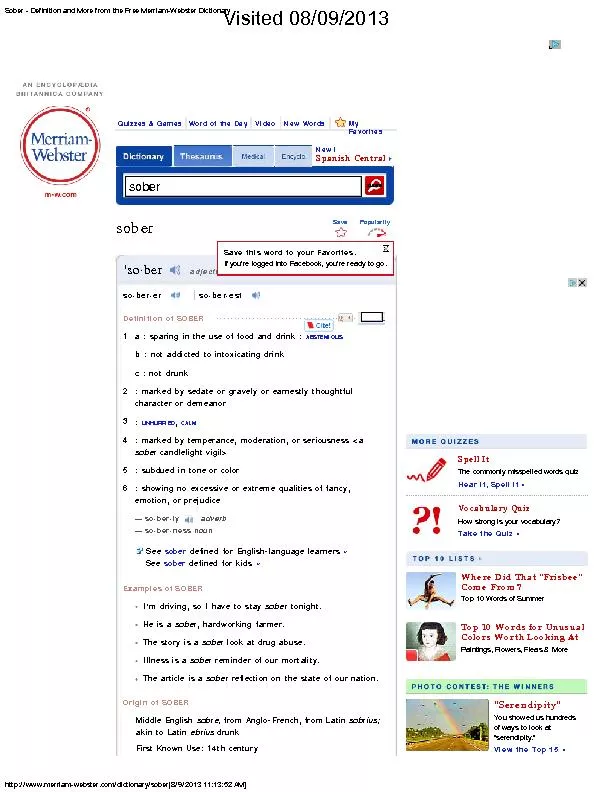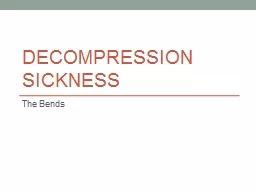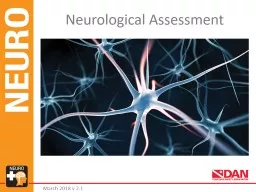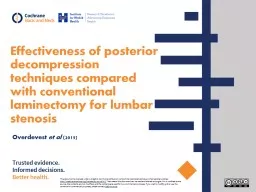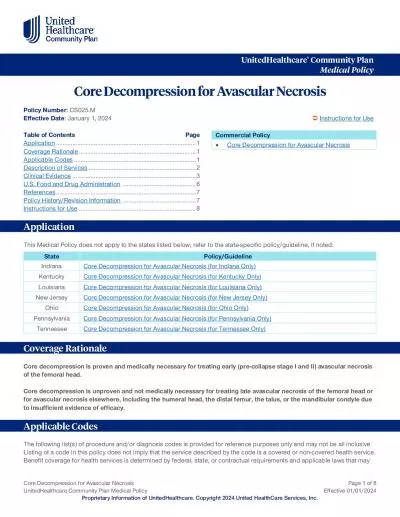PPT-Decompression-Free Inspection: DPI for Shared Dictionary Co
Author : calandra-battersby | Published Date : 2016-03-16
Anat Bremler Barr Interdisciplinary Center Herzliya Shimrit Tzur David Interdisciplinary Center Herzliya amp The Hebrew University Jerusalem David Hay The Hebrew
Presentation Embed Code
Download Presentation
Download Presentation The PPT/PDF document "Decompression-Free Inspection: DPI for S..." is the property of its rightful owner. Permission is granted to download and print the materials on this website for personal, non-commercial use only, and to display it on your personal computer provided you do not modify the materials and that you retain all copyright notices contained in the materials. By downloading content from our website, you accept the terms of this agreement.
Decompression-Free Inspection: DPI for Shared Dictionary Co: Transcript
Download Rules Of Document
"Decompression-Free Inspection: DPI for Shared Dictionary Co"The content belongs to its owner. You may download and print it for personal use, without modification, and keep all copyright notices. By downloading, you agree to these terms.
Related Documents

